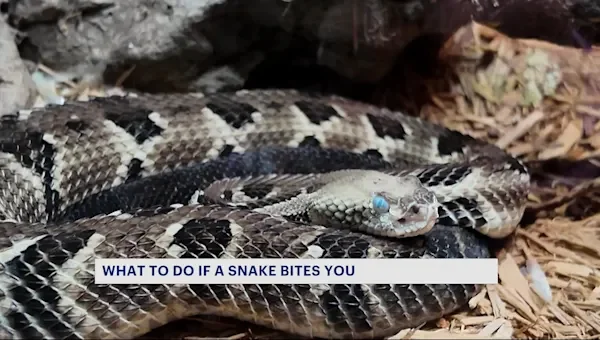
Bronx Zoo and Jacobi Medical Center: A Lifesaving Partnership for Snake Bite Treatment
In an unexpected yet vital collaboration, the Bronx Zoo and Jacobi Medical Center have joined forces to establish a specialized snake bite treatment center for the tri-state area. This partnership is crucial, not only for the inhabitants of the region but also for the many visitors who explore the zoo and its natural surroundings.
Each year, approximately ten patients are treated for snake bites at Jacobi Medical Center, largely influenced by the expertise and resources available through the Bronx Zoo. The zoo boasts over 20 different types of antivenom for venomous snakes found around the globe, ensuring that local hospitals have access to the necessary treatments in case of emergencies.
Dr. Joshua Bloom, a physician in medical toxicology at Jacobi, emphasized the importance of this collaboration, stating, "Our relationship with the Bronx Zoo also allows us this dialogue with snake experts. That's very important, especially when the identification of the snake is in question, but also access to these antivenoms.” This ensures that when a patient is bitten, the correct type of antivenom is administered swiftly and effectively.
According to Kevin Torregrosa, the Bronx Zoo’s curator of Herpetology, snake bites in the Northeast are indeed rare, but they do occur in wooded areas where species like timber rattlesnakes and copperheads can be found. Torregrosa explained, "If you're out in wooded areas outside of the city, there's a chance that those snakes could be there." He also stressed that most bites result from individuals actively engaging with the snakes, rather than chance encounters.
In such cases where someone is bitten, immediate action is essential. Victims are advised to call 911 or contact the Poison Control hotline at 1-800-222-1222. The zoo's facility has a dedicated emergency system in place, designed to respond promptly to any incidents that may arise in the zoo.
The Bronx Zoo and Jacobi Medical Center’s collaboration not only addresses the immediate need for snake bite treatments but also promotes safety awareness in the community, underscoring the message to stay away from snakes in their natural habitats. By raising awareness and preparing healthcare resources, both institutions are making a commendable effort to protect the public and educate them about the local fauna.
As we continue to engage with nature, let us also reflect on the importance of respecting wildlife. Have you ever encountered a snake in the wild? How did you react? We invite you to share your experiences and thoughts in the comments below.